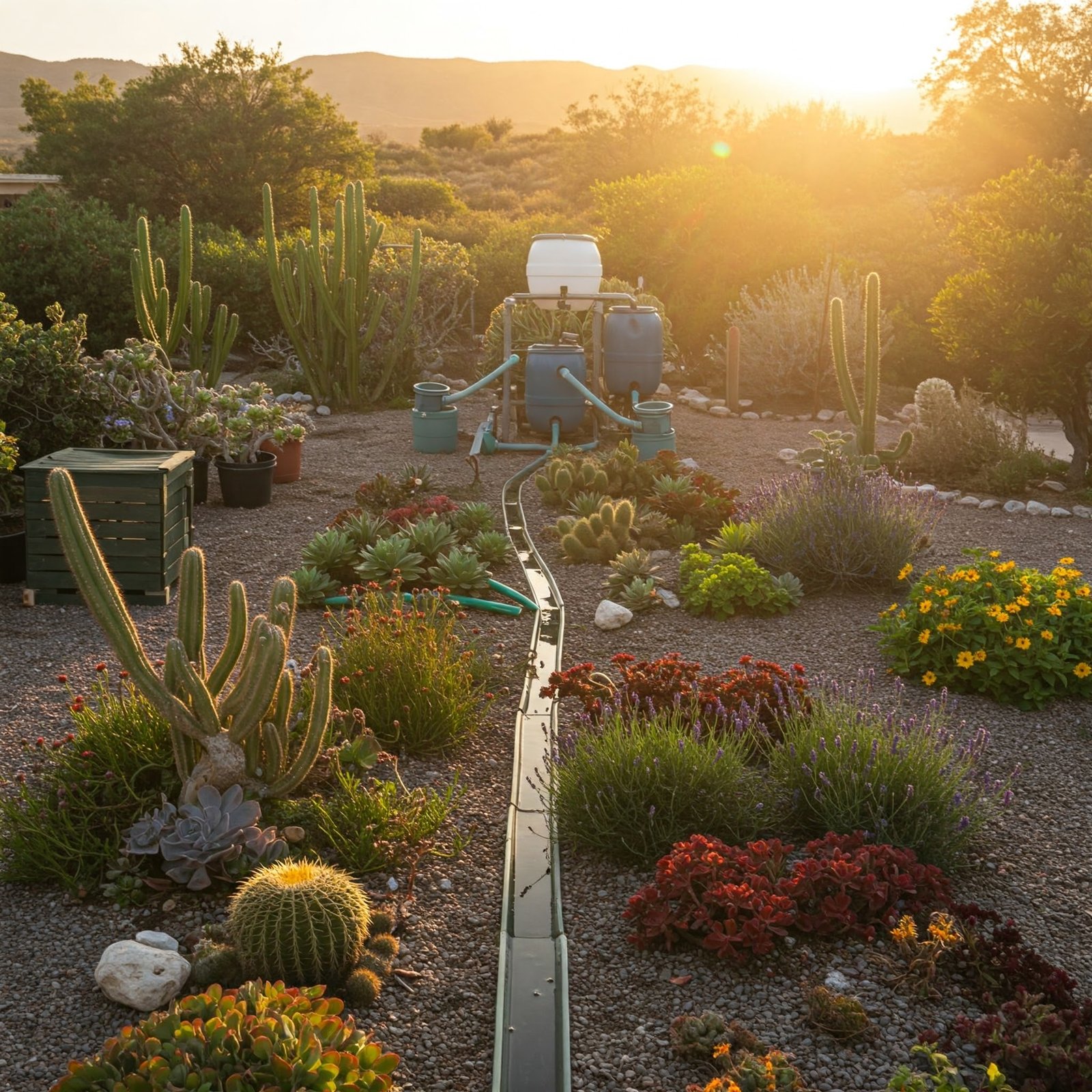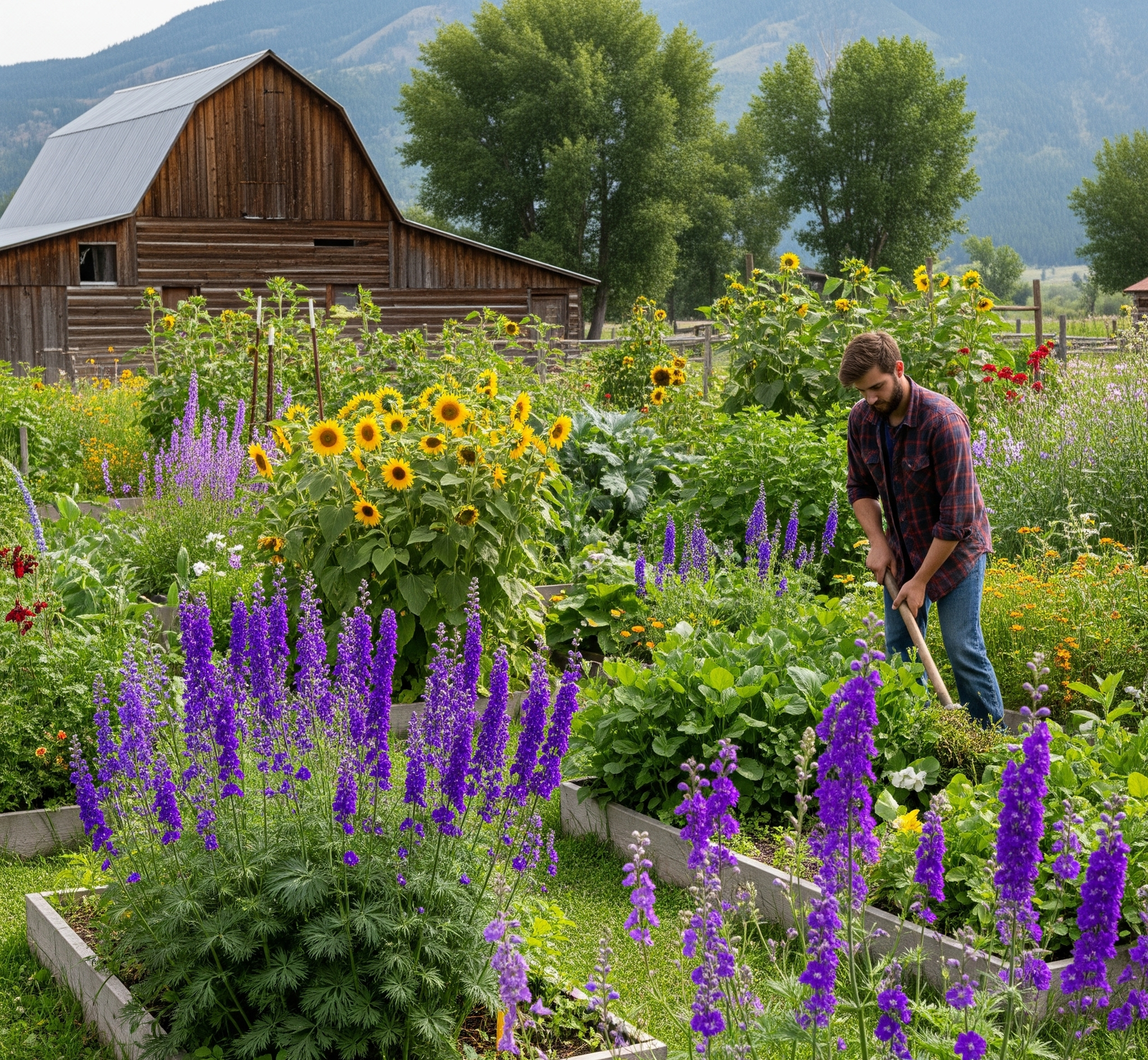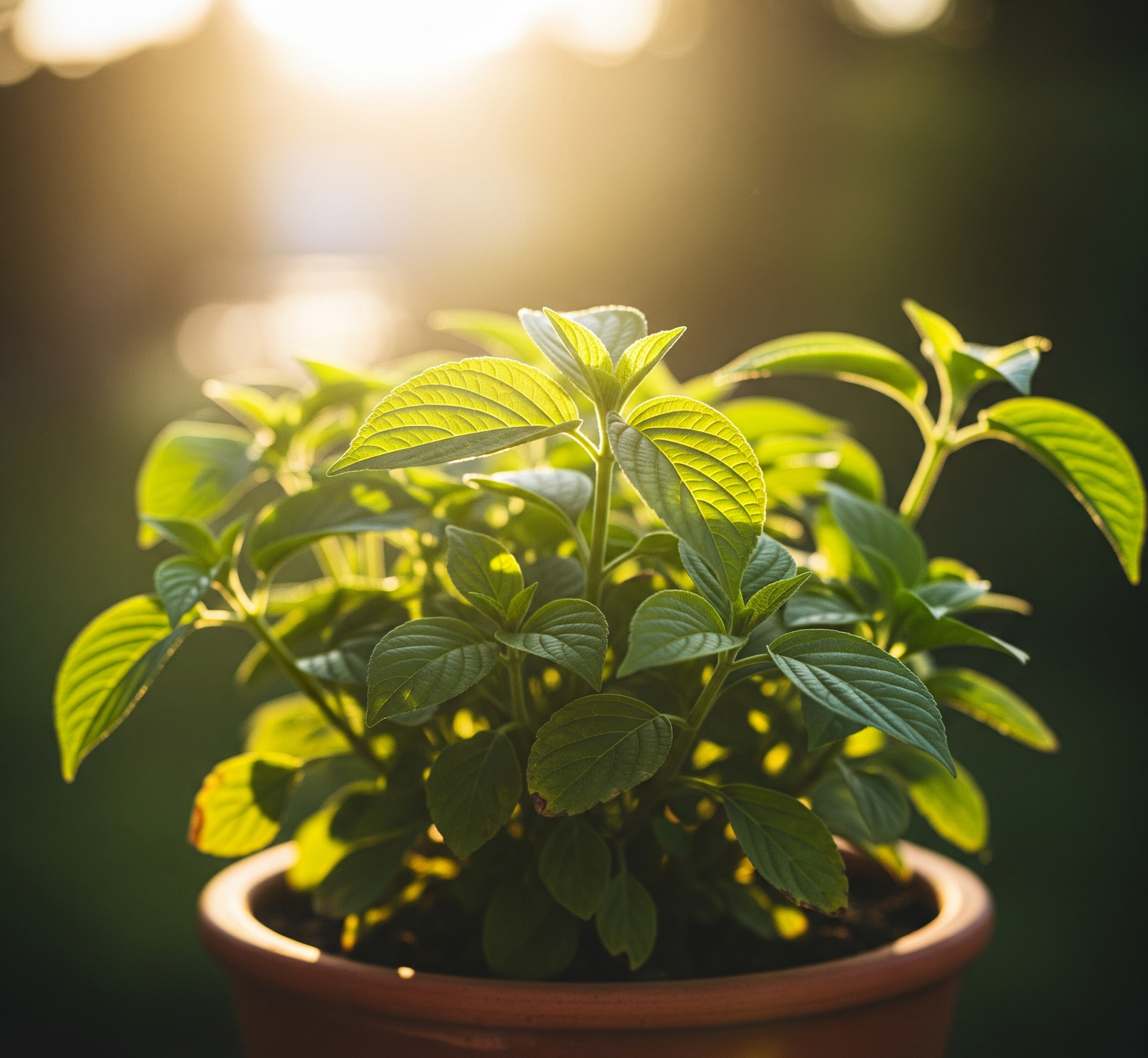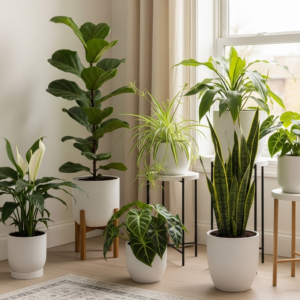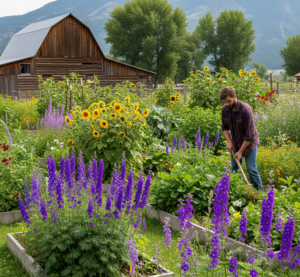How to Build a Climate-Resilient Garden That Thrives in Any Weather
Gardens face tougher challenges today—scorching summers, sudden downpours, and unpredictable frosts. A climate-resilient garden doesn’t just survive these swings; it thrives, saving water, supporting wildlife, and looking good doing it. Here’s how to build one, step by step, with practical ideas you can use today.
Why Climate-Resilient Gardening Matters Now
Droughts are longer, storms are fiercer, and heatwaves are no joke. In 2024, over 30% of U.S. counties faced extreme weather events impacting crops and gardens. A climate-resilient garden cuts your water bill, supports bees and butterflies, and keeps producing even when the forecast flips. It’s about working with nature, not fighting it—think less lawn-mowing misery and more blooms and harvests.
Choosing Native Plants for a Thriving Garden
Native plants are your secret weapon. They’ve spent centuries adapting to your region’s soil, rain, and pests, so they need less coddling. For example, purple coneflower and switchgrass in the Midwest laugh off drought. In California, manzanita and ceanothus shrug at heat. Check your local extension service for a native plant list, then pick a mix of shrubs, grasses, and wildflowers for year-round color. Bonus: they’re pollinator magnets, so expect more butterflies and fewer aphids.
- Pro tip: Start small. Swap out a patch of lawn for a native bed. Dig up sod, lay cardboard to smother weeds, and plant in spring or fall.
Designing a Water-Wise Garden Layout
A smart layout saves water and work. Group plants by thirst—lavender and yarrow together, water-hungry ferns in a shadier spot. Use xeriscaping principles: replace turf with gravel paths or clover groundcover. Add curves or raised beds for visual pop. Mulch everything—wood chips or straw lock in moisture and keep roots cool. Aim for a design that looks wild but intentional, like a meadow meets a cottage garden.
- Quick win: Sketch your yard on graph paper. Mark sun, shade, and soggy spots to plan where plants go.
Smart Soil and Water Management Techniques
Healthy soil is your foundation. Mix in compost to hold moisture and feed roots. Test your soil (kits are $10 at garden centers) to avoid over-fertilizing. For water, install a rain barrel—50 gallons fills fast in a storm. Drip irrigation is better than sprinklers; it targets roots and cuts waste. If your area gets heavy rain, dig shallow swales to channel water away from delicate plants.
- Try this: Bury a soaker hose under mulch for slow, deep watering. Set a timer to avoid overdoing it.
Incorporating Edible Plants for Year-Round Bounty
Why choose between beauty and food? “Edimentals” like kale, thyme, or dwarf fruit trees do both. Nasturtiums add peppery flowers to salads and deter pests. Blueberry bushes turn red in fall and give you breakfast. Plant them near natives for a seamless look—say, chives under a redbud tree. They’ll survive tough weather if you match them to your zone (check USDA maps).
- Easy start: Grow rosemary in a pot. It’s drought-tolerant, smells great, and you can snip it for dinner.
Protecting Your Garden from Weather Extremes
Weather swings test every garden. For heat, use shade cloths or plant taller shrubs to shield delicate greens. Windbreaks—like a row of evergreens or a low fence—stop gusts from snapping stems. Raised beds prevent root rot in floods. If frost sneaks up, cover young plants with old sheets or cloches (fancy word for “upside-down buckets”). Check forecasts weekly to stay ahead.
- Hack: Stack rocks into a low wall. It blocks wind and stores heat to warm plants at night.
Tools and Tech for a Future-Proof Garden
Tech can simplify things. Smart irrigation controllers, like Rachio, adjust watering based on rain forecasts—mine saved 20% on my bill last summer. Soil sensors (around $30) tell you when to water or add compost. Apps like PictureThis ID plants and pests fast. If you’re low-tech, a simple rain gauge and notebook work wonders for tracking what your garden needs.
- Budget option: Grab a $5 journal. Jot down bloom times and weather notes to plan better next year.
Getting Started: Your First Steps to Resilience
Ready to dig in? Start by mapping your yard—sunny corners, wet spots, all of it. Visit a native plant nursery or seed swap for affordable starts. Plant in spring or fall for better root growth. Join a local gardening group (Facebook or Nextdoor have tons) to trade tips and cuttings. Don’t aim for perfection—my first bed was a muddy mess, but by year two, it was buzzing with bees.
- Action plan: This weekend, clear a 3×3-foot patch. Plant one native and one edible. Water deeply, mulch, and watch it grow.
Building a climate-resilient garden takes a bit of planning, but the payoff is huge: less fuss, more beauty, and a yard that laughs at bad weather. Share it, and let’s grow something tough together.
